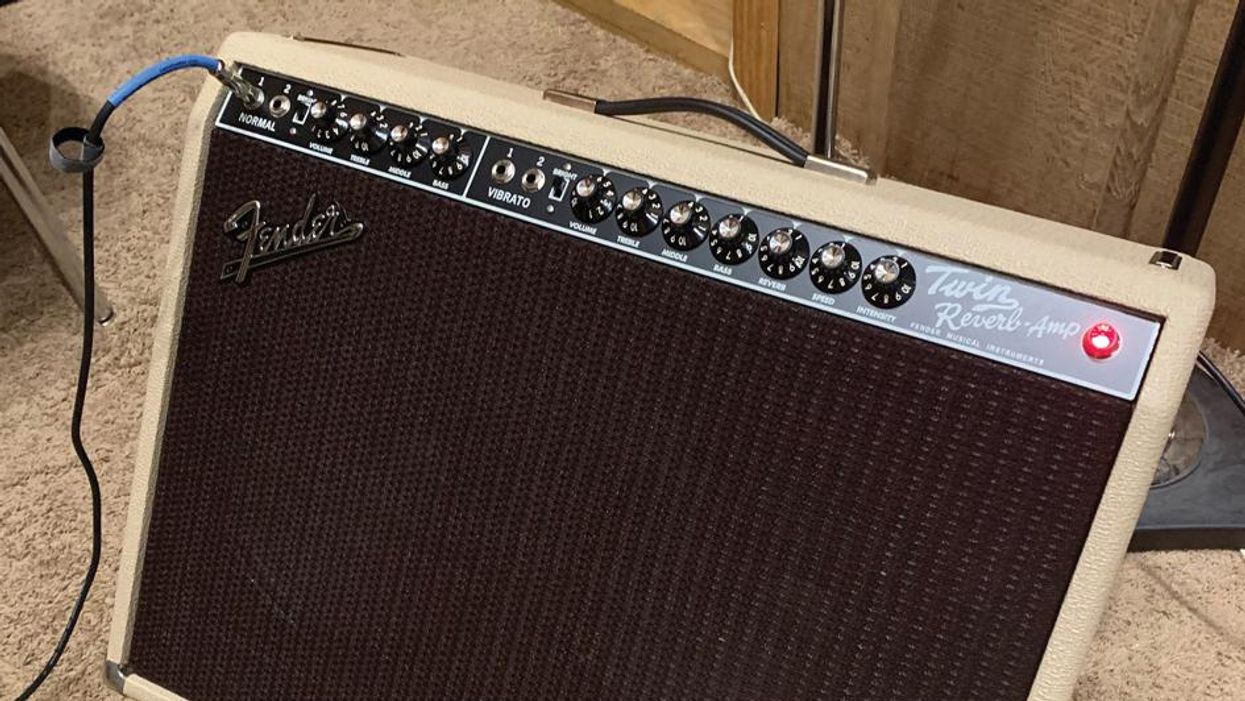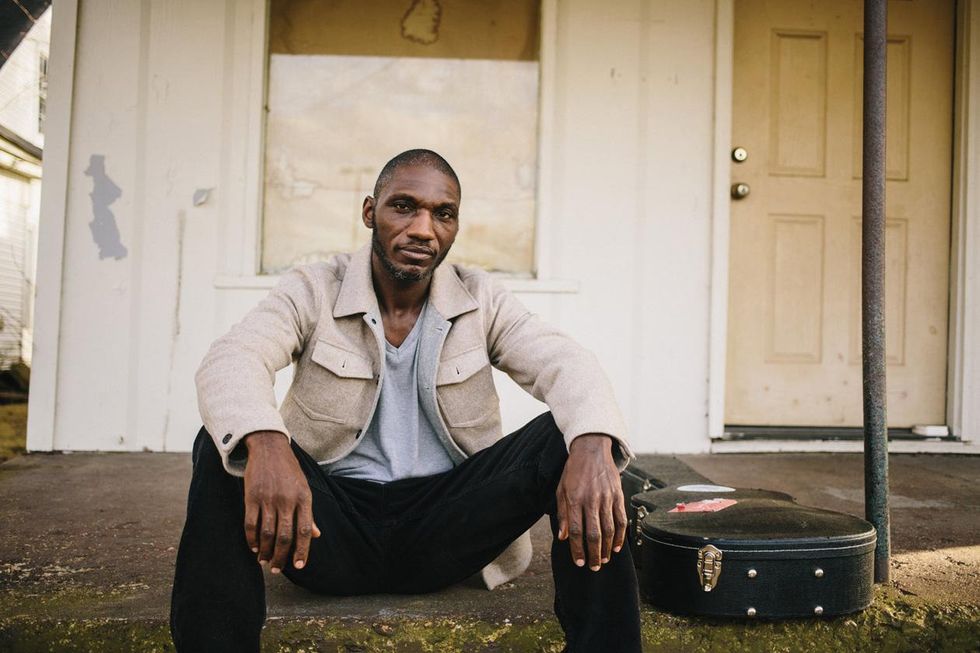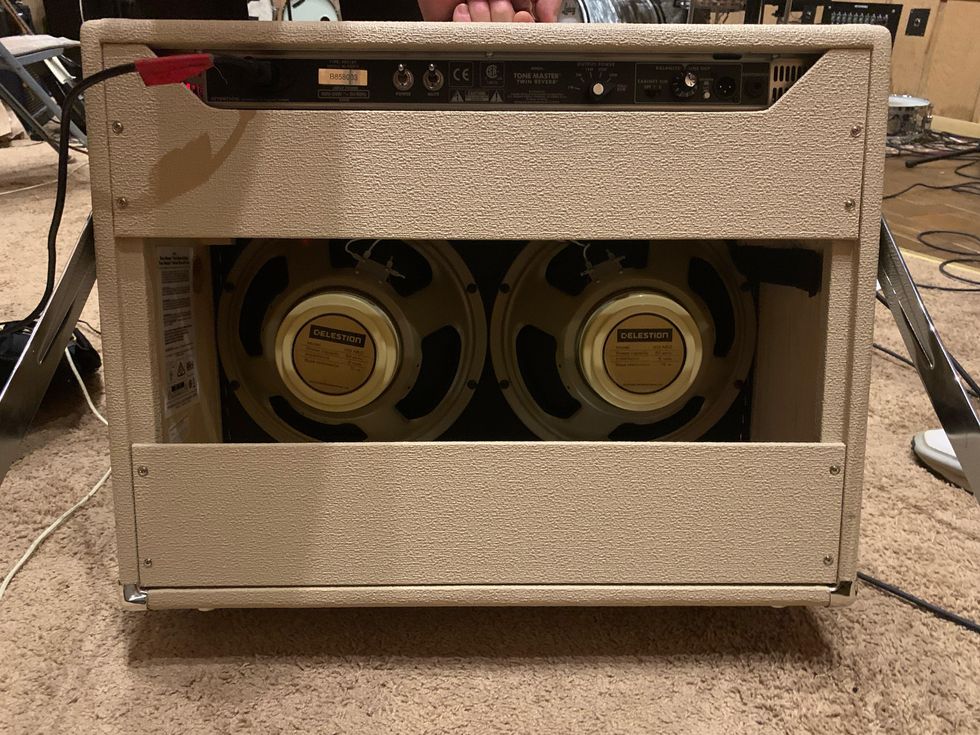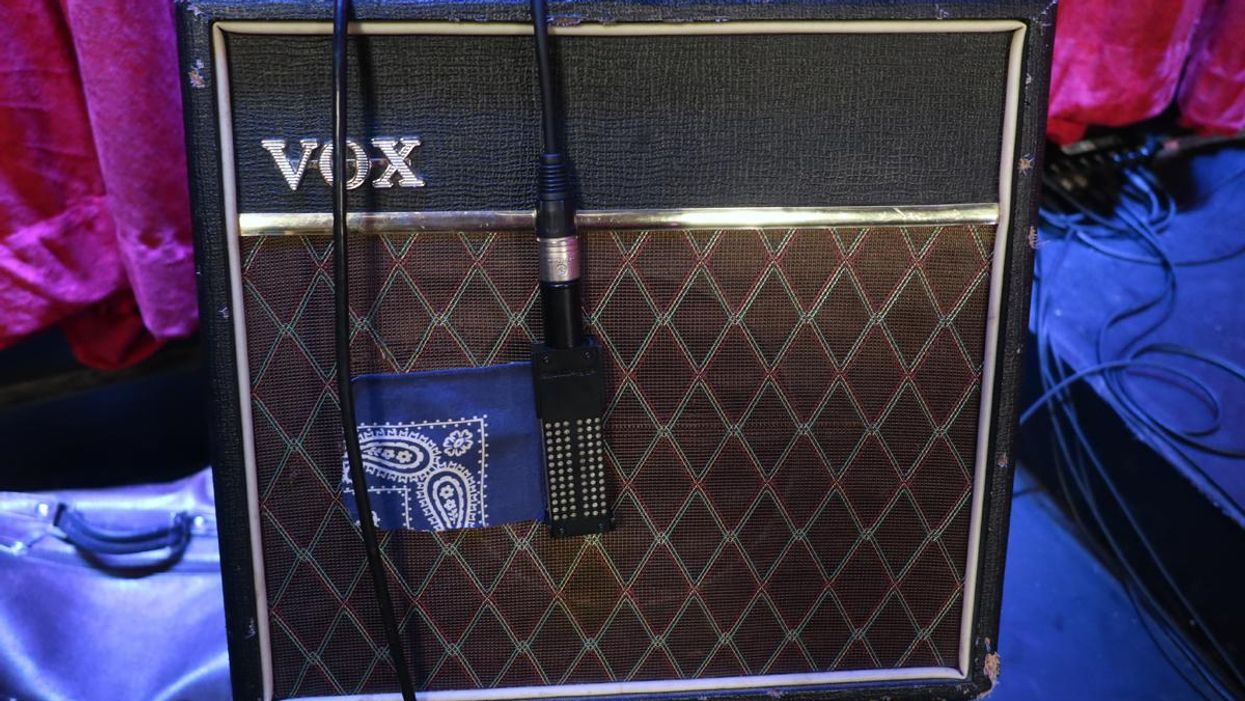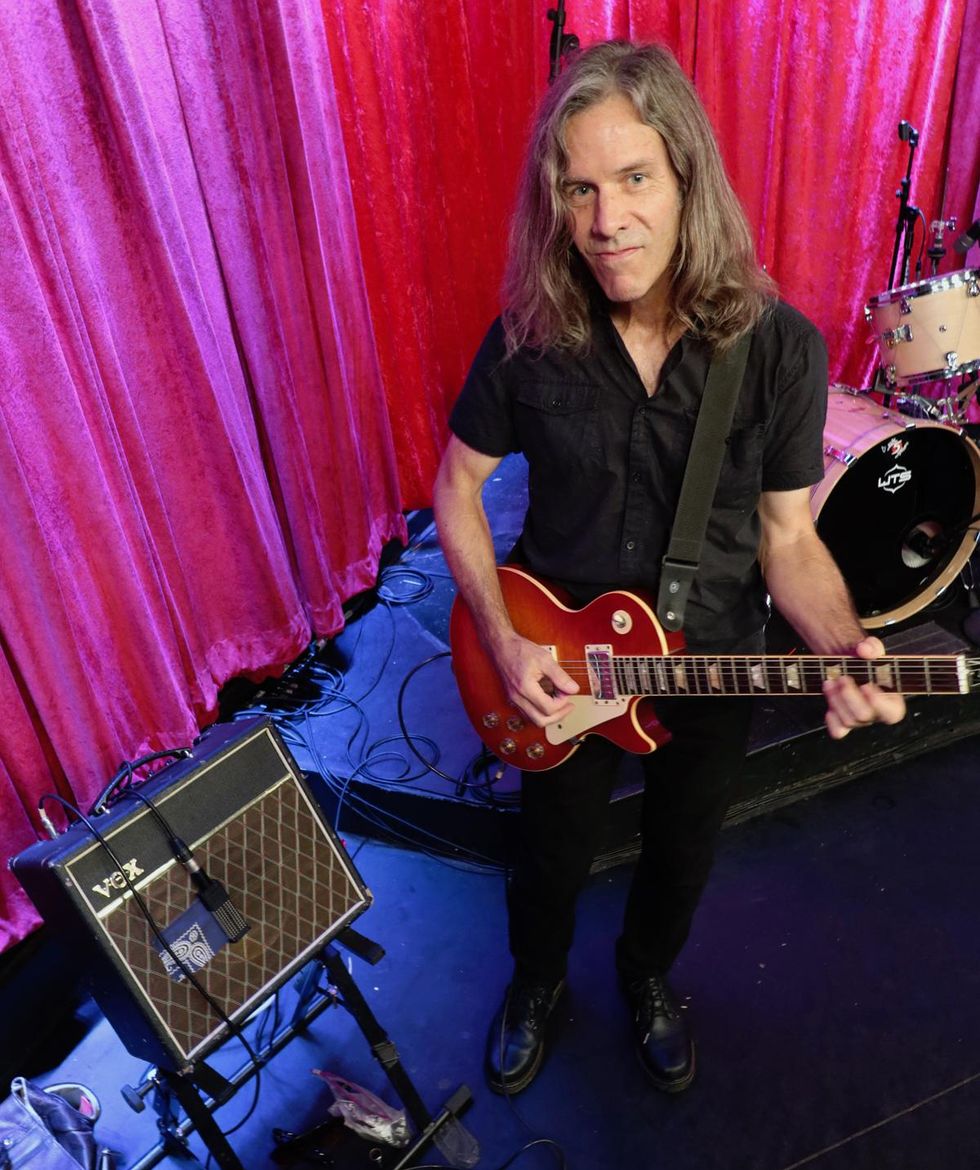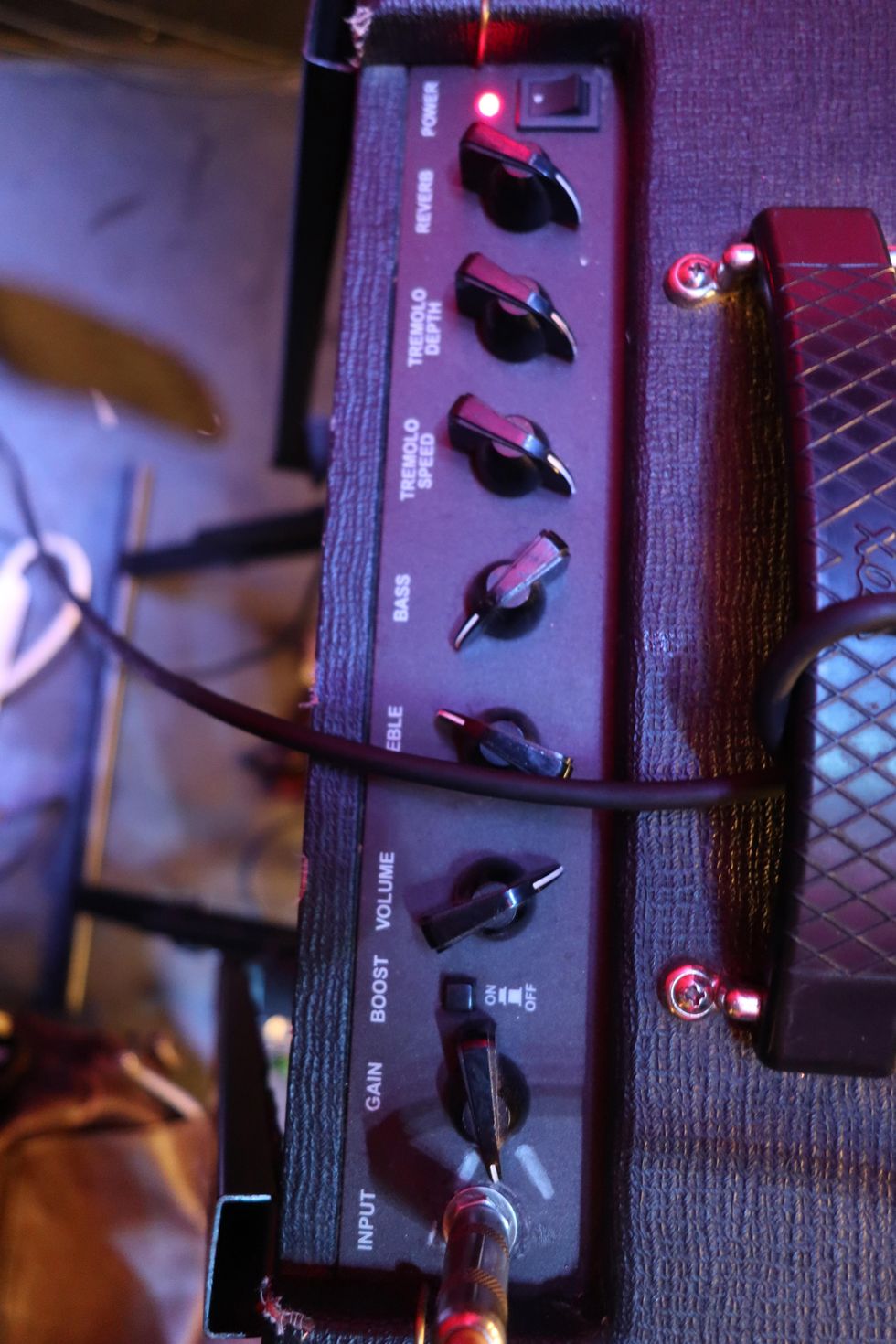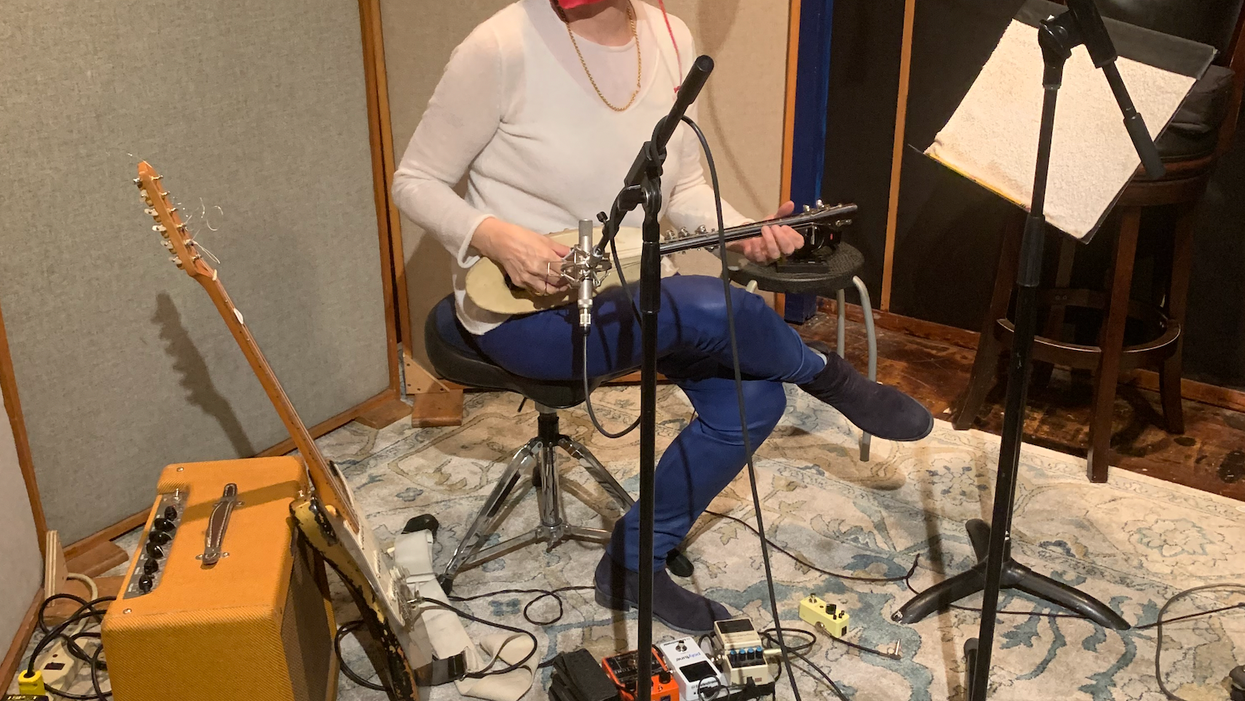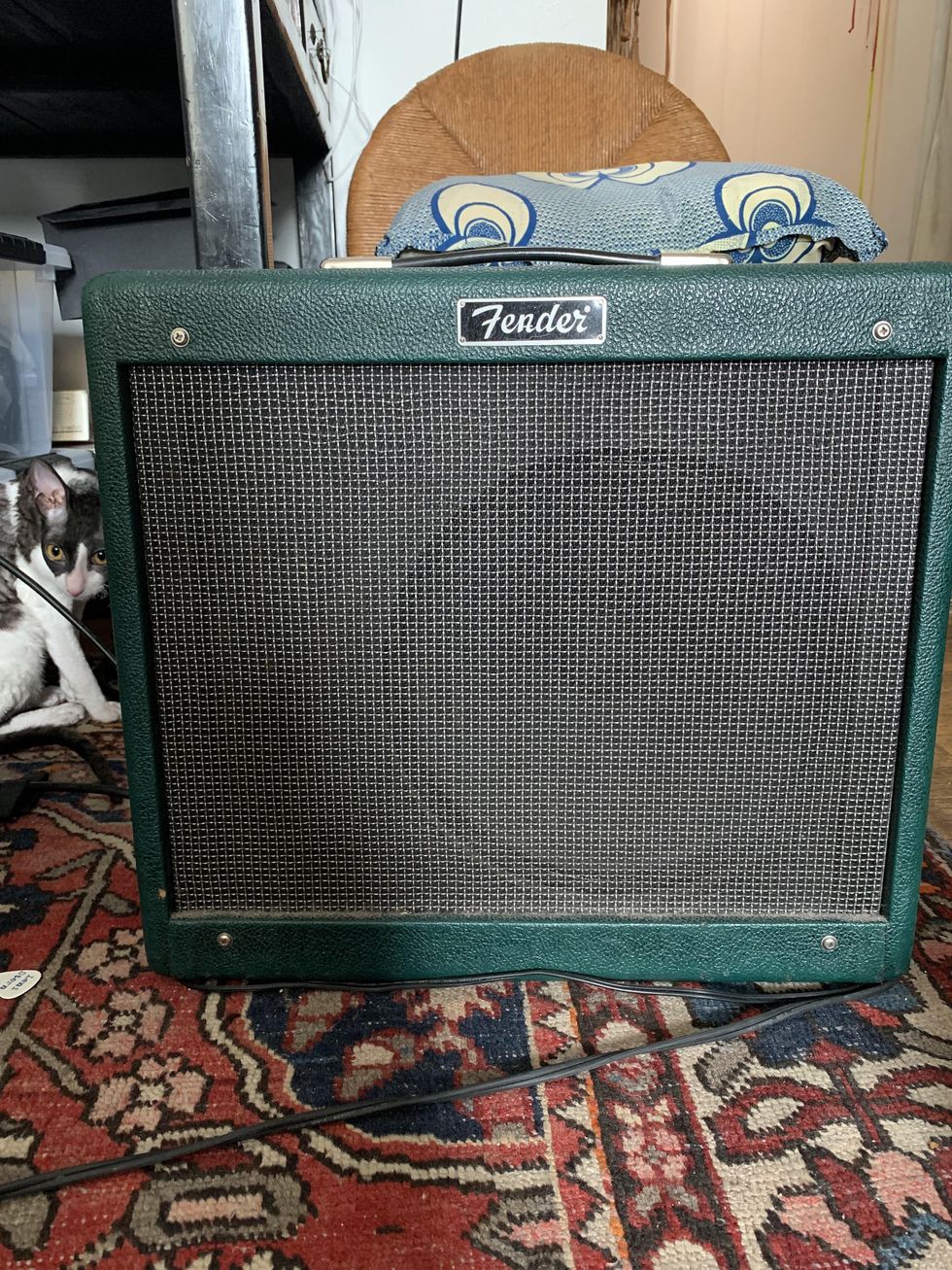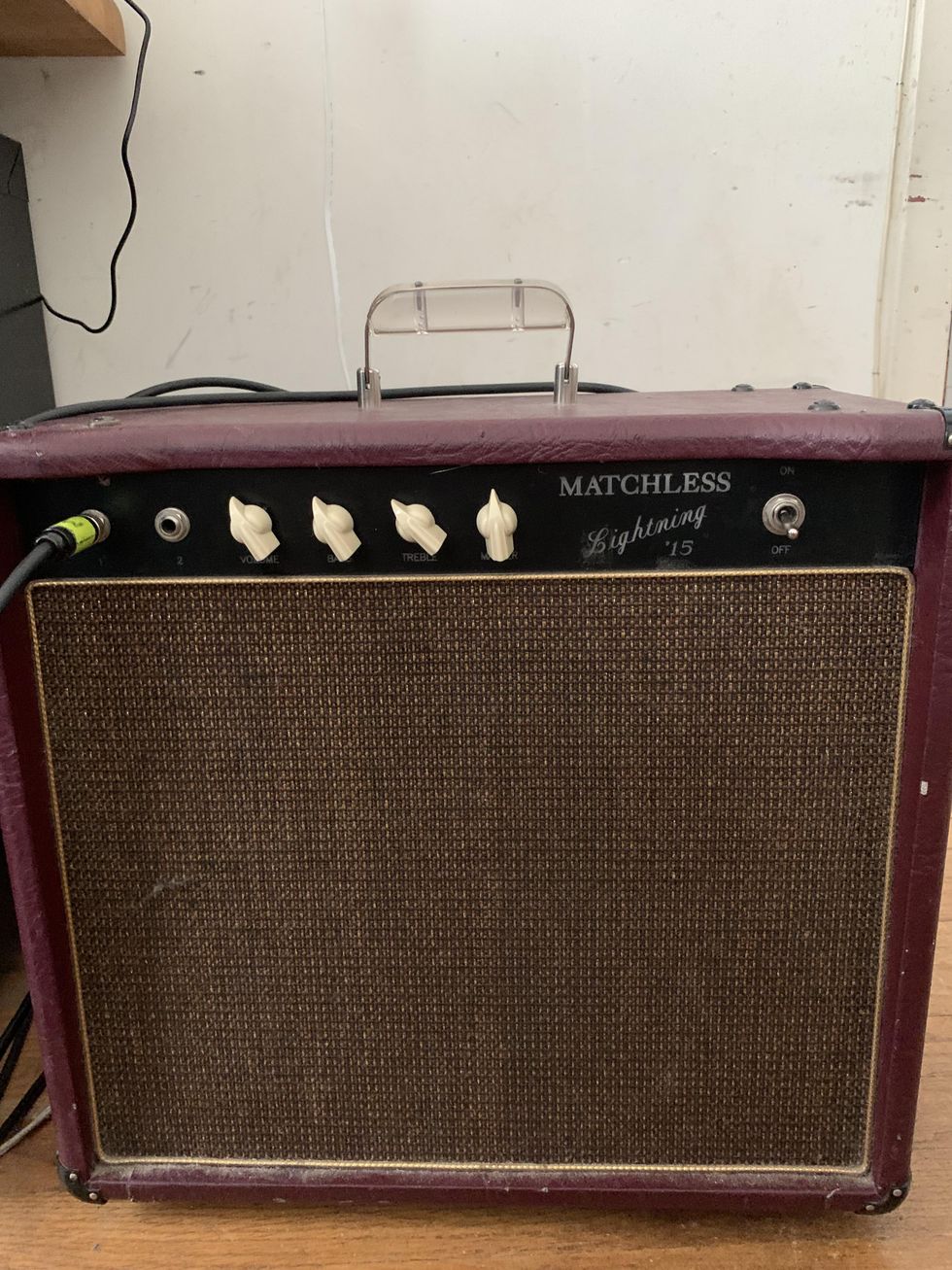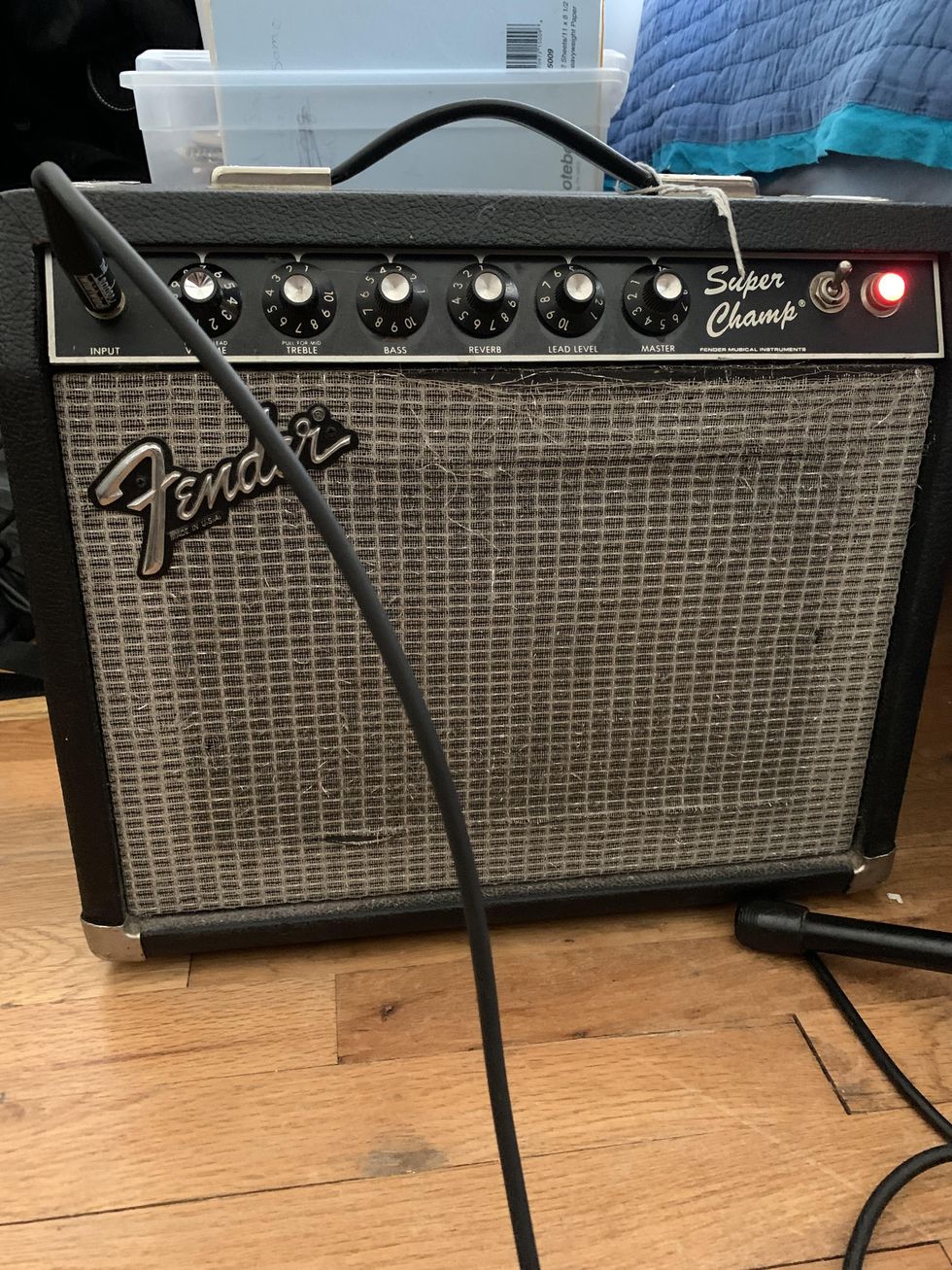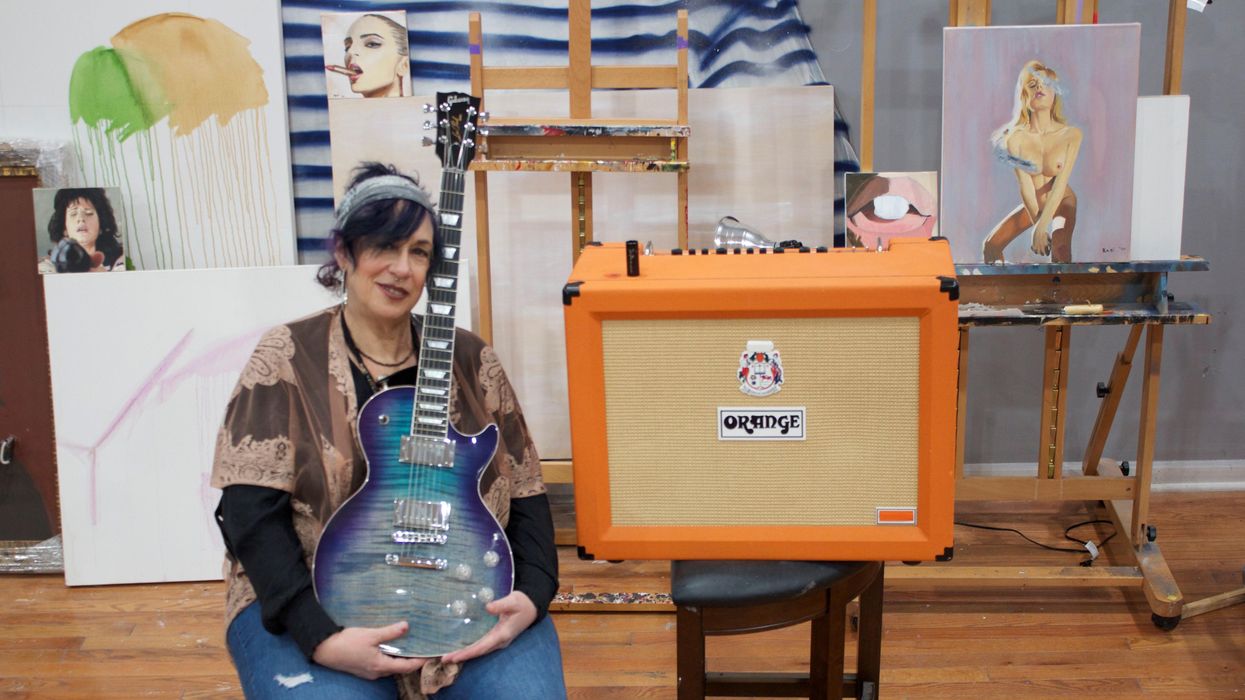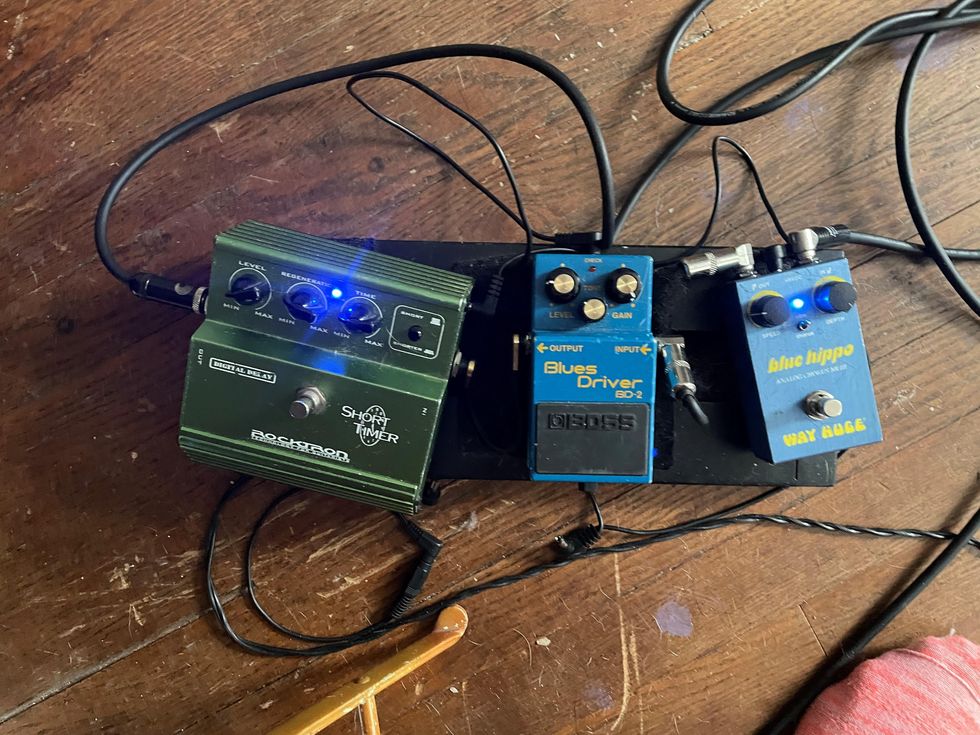Micki Free is not a less-is-more kind of player—at least when it comes to amps. His setup is all reissue Marshalls: two JMP 2061X heads perched on 4x12 stacks, a pair of 1974X combos, and double SV20C 1x10 combos. They look great together and, of course, sound even better.
“I’m a Marshall purist,” Free explains, “but not the modern high-gain models that sound more harsh and brash. Lower wattage heads overdrive quicker and better than 50- or 100-watt heads. They get you to the sweet spot right away. I like the old sound, like the Bluesbreakers—amps that break up right where you want them to and are very controllable, with a lot of midrange in the sound and some bass, but not too much.”
Free fell for Marshalls even before he played guitar—the night his sister took him to see Jimi Hendrix when he was just 9. “From that moment on, I knew what I wanted to do with my life,” he says. In short order, he was experienced, ingesting the music of Cream, Robin Trower, Jeff Beck, and other giants of late-’60s rock guitar. Over the decades, Free has made his own bones as a songwriter and player.
“Lower wattage heads overdrive quicker and better than 50- or 100-watt heads. They get you to the sweet spot right away.”
He’s been a protégé and guitar-slinging pal of Gene Simmons, Prince, Billy Gibbons, Carlos Santana, and Cheap Trick’s Rick Nielsen. He’s also been immortalized in a popular Chappelle’s Show episode of “Charlie Murphy’s True Hollywood Stories,” as part of Prince’s team in a now-legendary basketball game. And as a key member of R&B hitmakers Shalamar, he scored a top 20 hit with “Dancin’ in the Sheets” and won a Grammy for “Don’t Get Stopped in Beverly Hills” from the Beverly Hills Copsoundtrack. “But through it all,” he says, “I’ve really been a blues-rock player. That music runs through my veins.”
And pours out through his sound. Free began building his full-blooded six-amp wall in 2009, when he was provided a pair of 1974Xs during rehearsals for his gig at the Hard Rock Cafe Calling Festival in London’s Hyde Park. It was love at first note. “They sounded like the Bluesbreakers amps”—Marshall’s legendary JTM45-inspired combos, the 4x10 1961 and 2x12 1962—“but louder,” he notes. So, he a bought a pair.
The 1x12 1974X is an 18-watt beast, with two channels: a tremolo channel with speed, intensity, tone, and volume dials, and one with just tone and volume. They have three ECC83 tubes (one working as a phase splitter), two EL84 power tubes, and an EZ81 rectifier tube, and sport Celestion Heritage G12M-20s. The next addition was his JMP 2061X heads—20-watt brutes originally produced for guitar and bass from 1967 to 1973. They have two channels with two controls each, for tone and volume. And, yes, there are two EL84s in the power amp and two ECC83s in the preamp. The heads pump 100JH 4x12s with 25-watt Celestion Greenbacks. All that was missing, to Free’s ears, was a little high end, so he acquired his two SV20C 1x10s. These 20/5-watt switchable treble makers have a unique control set: with normal and high treble channels with dual input, 3-band EQ, and presence. Essentially, it’s a take on the plexi Super Lead, featuring Celestion VT juniors.
Micki Free - Heavy Mercy
To get an earful of exactly what Mt. Marshall sounds like cranked, check out the online version of this story, where you’ll find Free’s song “Heavy Mercy,” from his new album Turquoise Blue. The tone is pure Jimi, and righteously so. Of course, the guitar’s a Strat. He has two of these Fenders and favors a 1959 reissue in sea foam green. He also has a fleet of Teye guitars with a signature model on the way. And his effects chain also slants toward the classic palette: a Pedal Pawn Gypsy Vibe, an Eventide H9 he uses for delay, a Vox wah, an Electro-Harmonix Electric Mistress, an MXR Carbon Copy, a Fulltone Octafuzz, a Pedal Pawn Fuzz, and a DigiTech Bad Monkey that was a gift from the Rev. Gibbons.
Free explains that his amplification amalgamation is all in service of a higher goal—whether in the studio or onstage, where his flamboyant performances mirror the power of his sound. “It helps me get to the core of what I do in a way that I hope people connect with, because making music is about a connection so strong that it transcends language.”


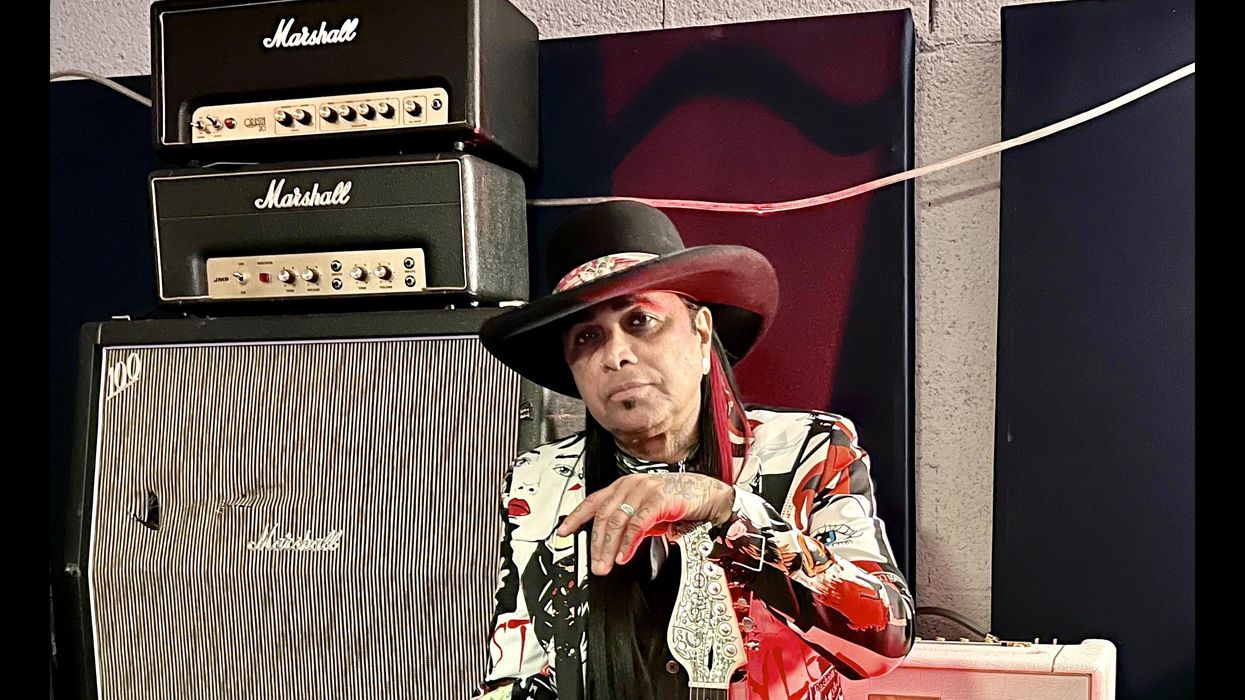

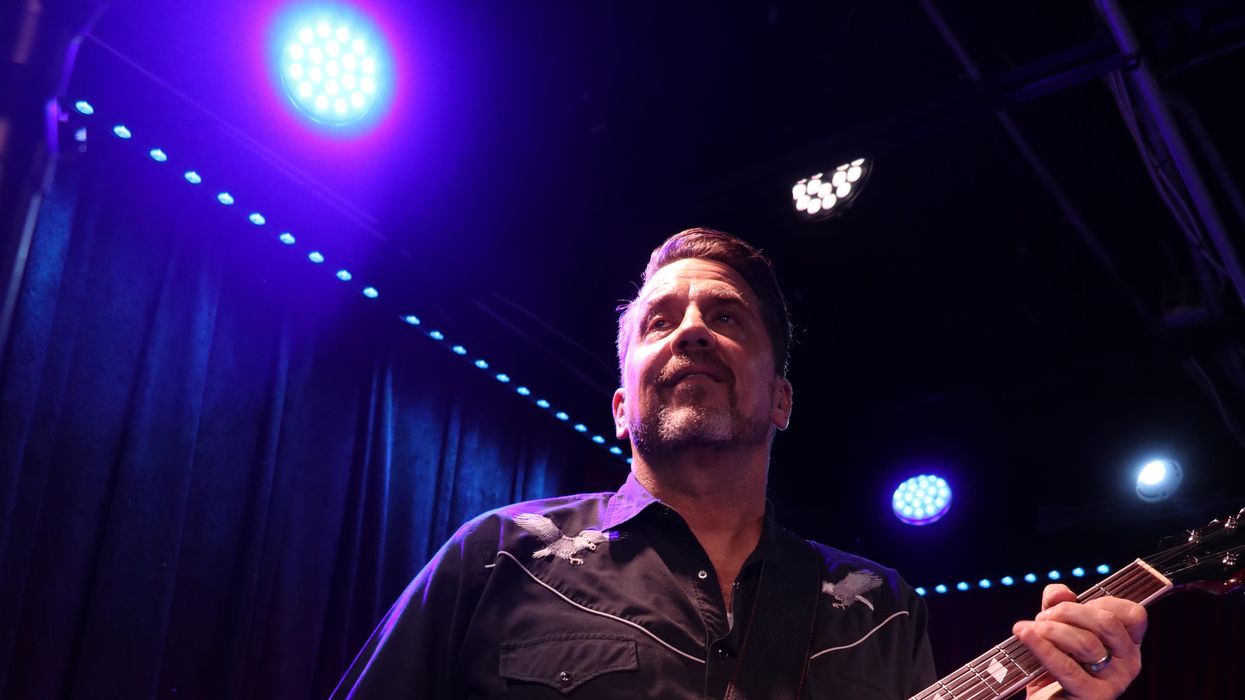
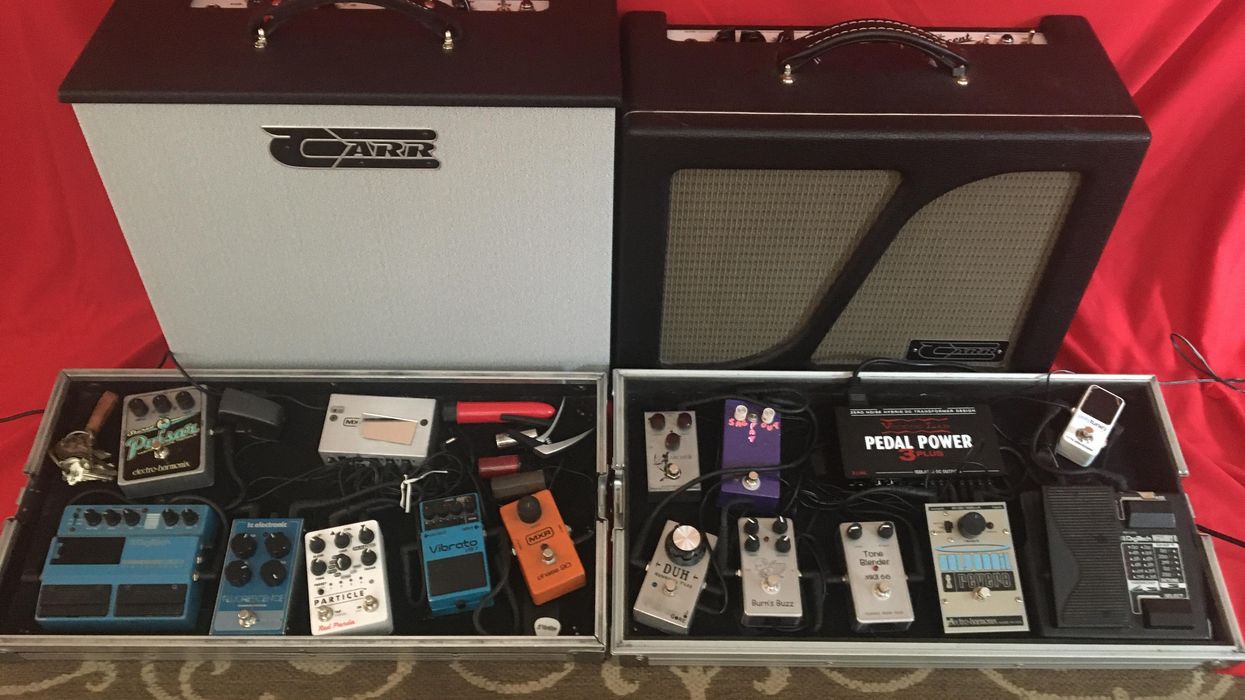
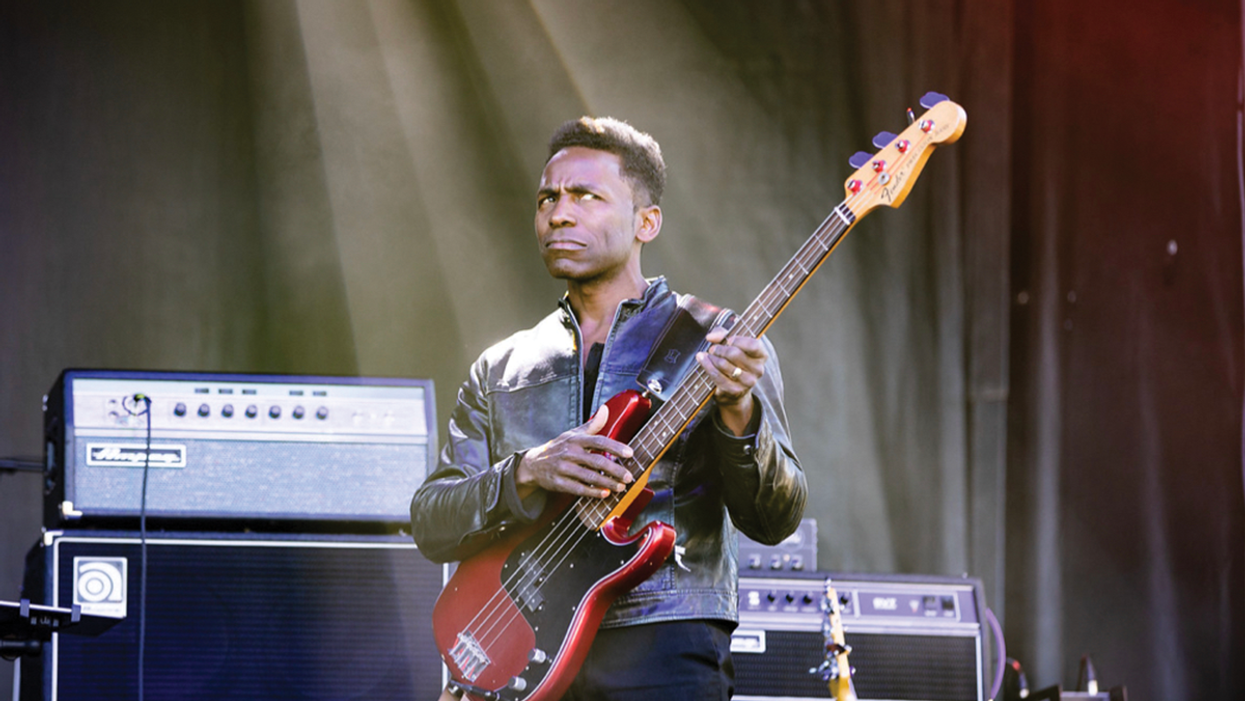
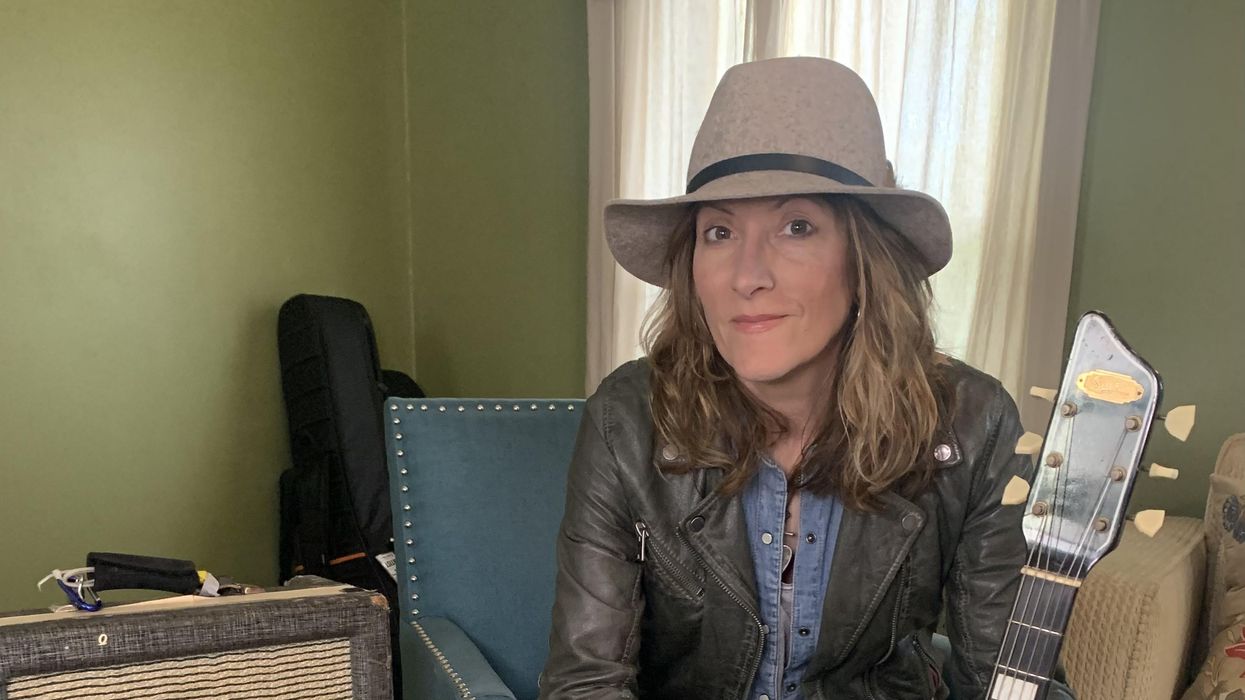
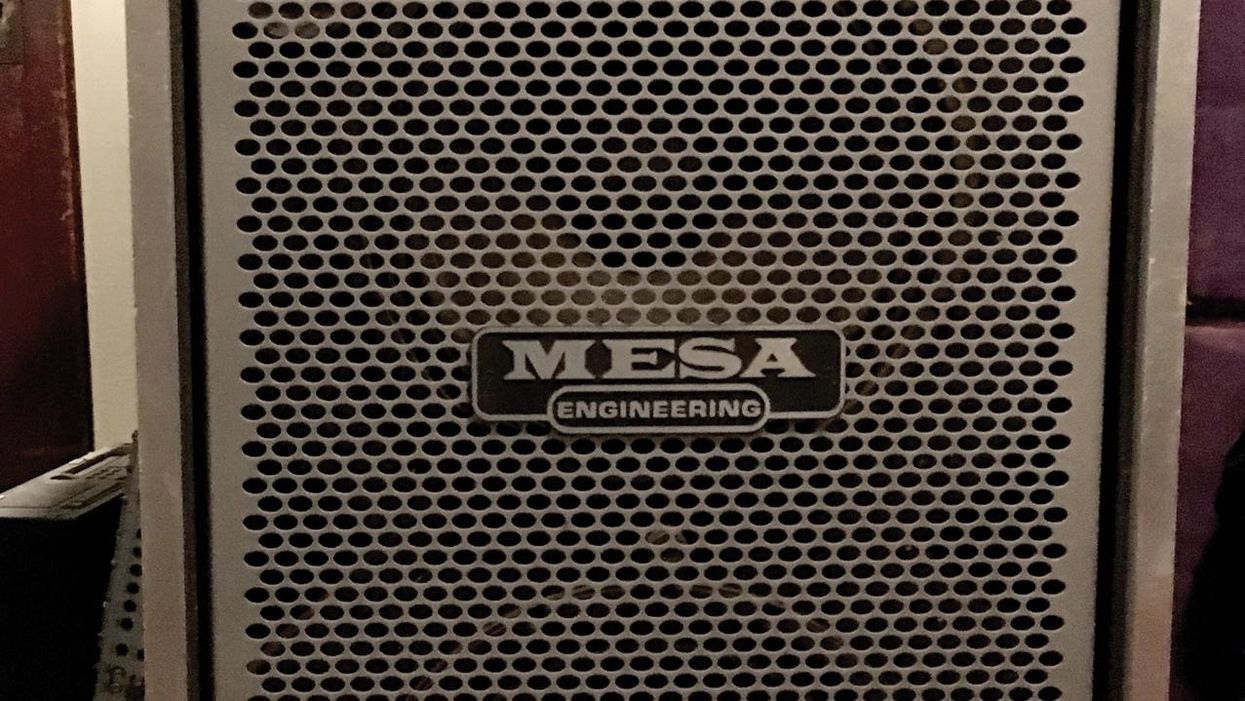
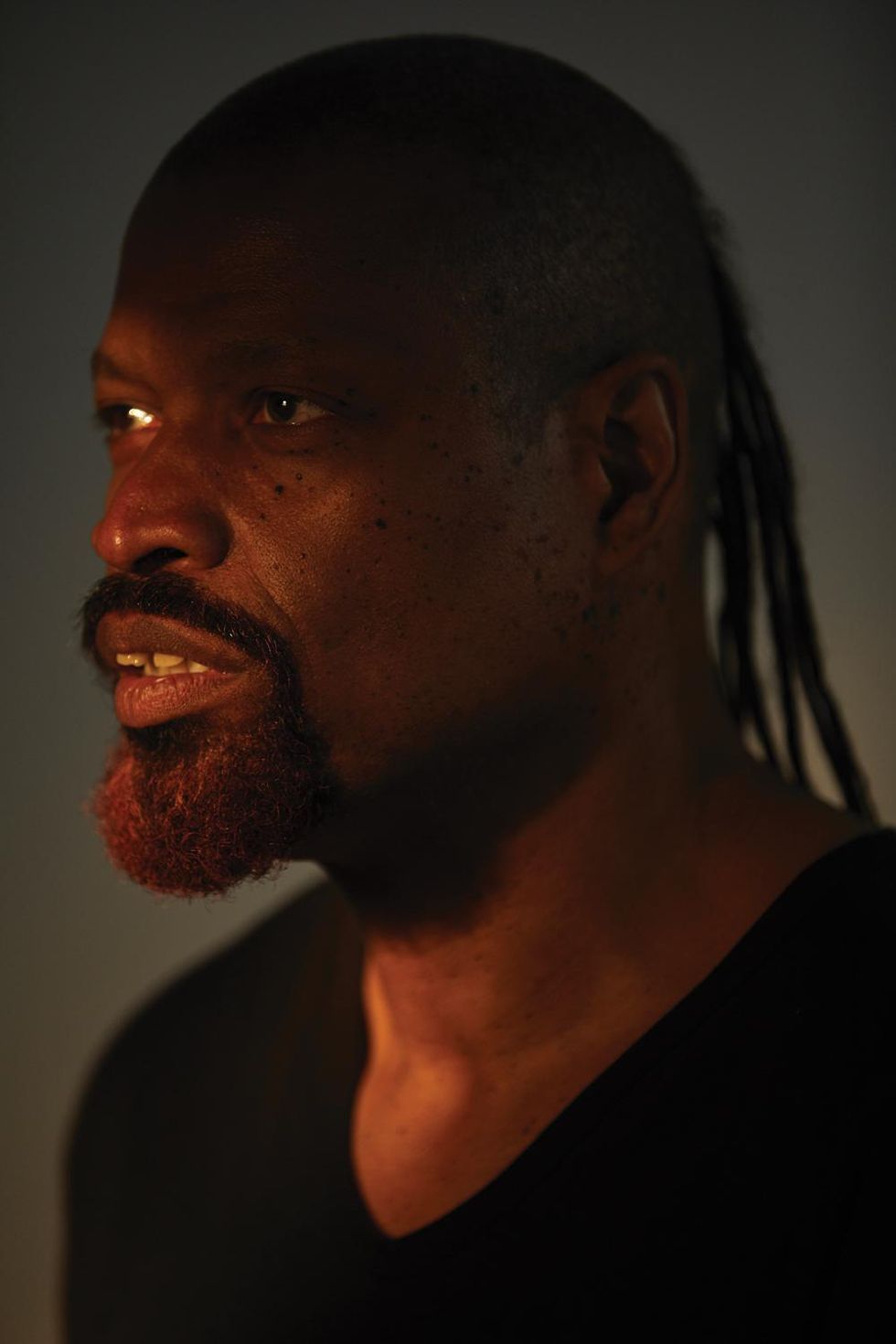


![Rig Rundown: Russian Circles’ Mike Sullivan [2025]](https://www.premierguitar.com/media-library/youtube.jpg?id=62303631&width=1245&height=700&quality=70&coordinates=0%2C0%2C0%2C0)



